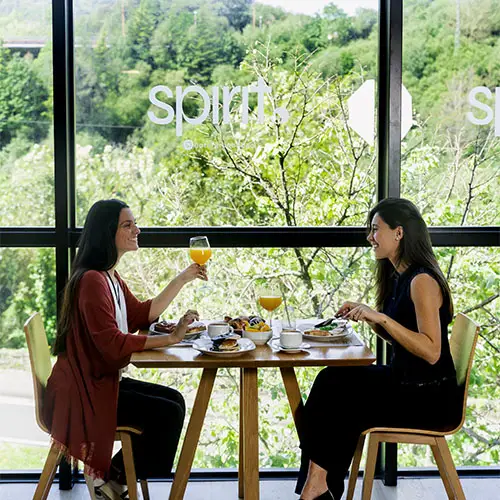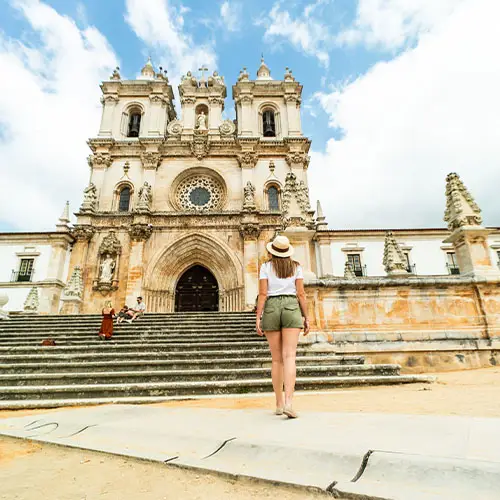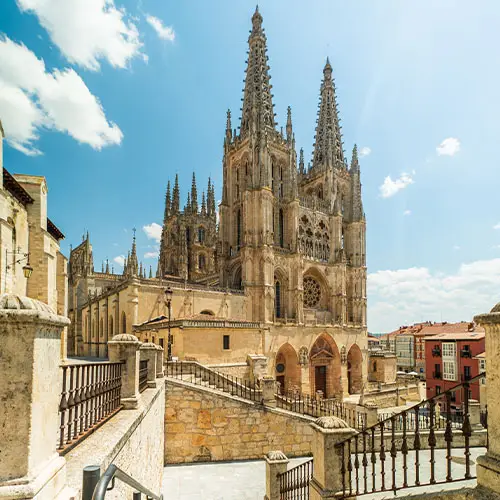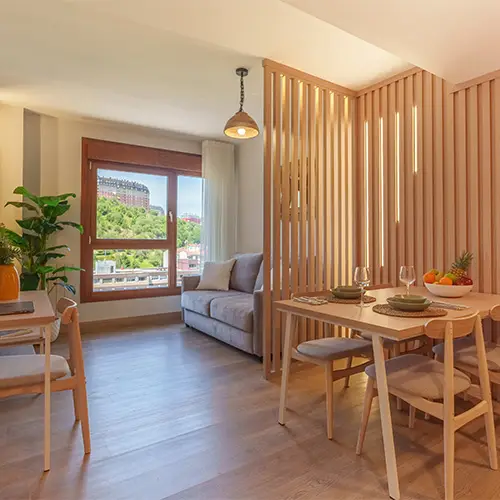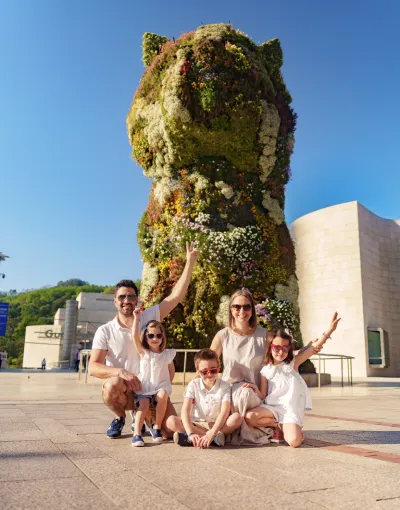Burgos
Discover the
charm of Burgos
Burgos is a city full of character, where leisure, history, culture and tradition come together in harmony. A perfect destination for tourism, an obligatory stop on trips to the south of Spain. Stay with Spirit Hotels&Apartments and enjoy a unique atmosphere.

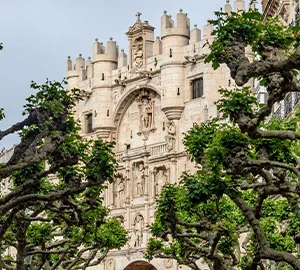
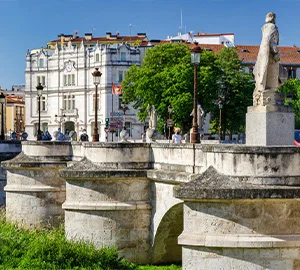
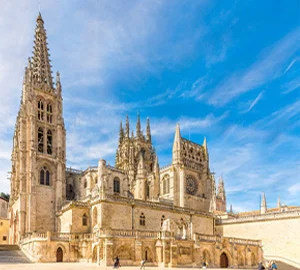
Our hotels and apartments in Burgos
Spirit Hotel Ciudad de Burgos***
Your home on the road. Direct access to the AP-1 / A1 motorway, making it an essential stop to rest on your journeys. Ideal for discovering Burgos and its province.
What to do and see in and around Burgos
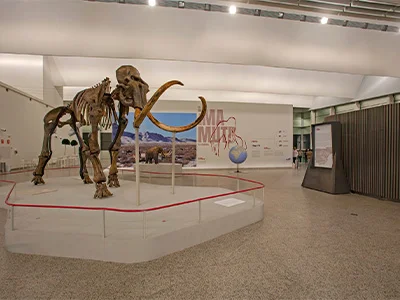
Atapuerca Archaeological Sites and Museum of Human Evolution
Travelling to Burgos is synonymous with travelling to the past. Discover the Atapuerca archaeological sites, an internationally renowned archaeological site, and visit the Museum of Human Evolution, where you’ll find all the findings made at this archaeological site and their different interpretations.
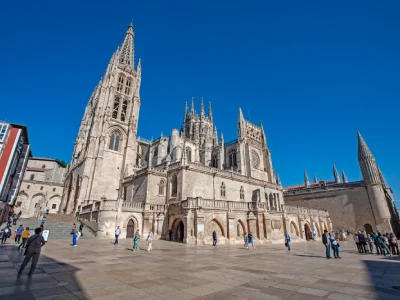
Burgos Cathedral
Declared a World Heritage Site by UNESCO, Burgos Cathedral is one of the best examples of Spanish and European Gothic art, which stands out for its beauty and first-rate architectural elements such as its lantern tower or the Chapel of the Constables.
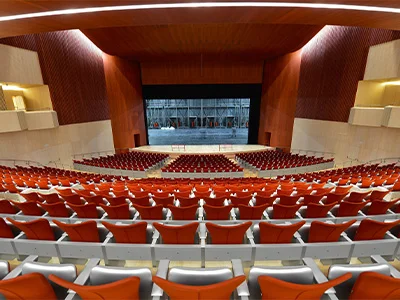
Evolution Forum Congress Center and Auditorium
Burgos is also a business city and the Evolution Forum Congress Center and Auditorium is the best example. With its 35,000 square metres, this impressive building has cutting-edge technology and state-of-the-art equipment for holding conferences and shows.
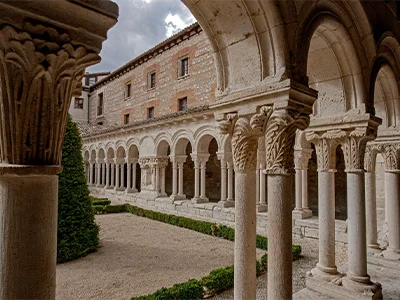
Monastery of Santa Maria la Real de las Huelgas
Burgos is also home to one of the most important monasteries of medieval architecture in Spain. Founded in 1189, the Monastery de Santa María la Real de Las Huelgas is a mix of different styles: Gothic, Mudejar, Almohad, Romanesque and Renaissance.
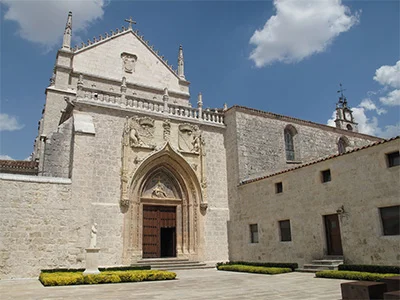
Miraflores Charterhouse
Beauty, peace and silence, this is what characterises the Miraflores Charterhouse. This monastery of Carthusian monks and former palace of Henry III hides within its walls the Royal Pantheon of John II and Isabel of Portugal. It was declared a National Monument in 1923 and a Cultural Interest Asset in 1985.






